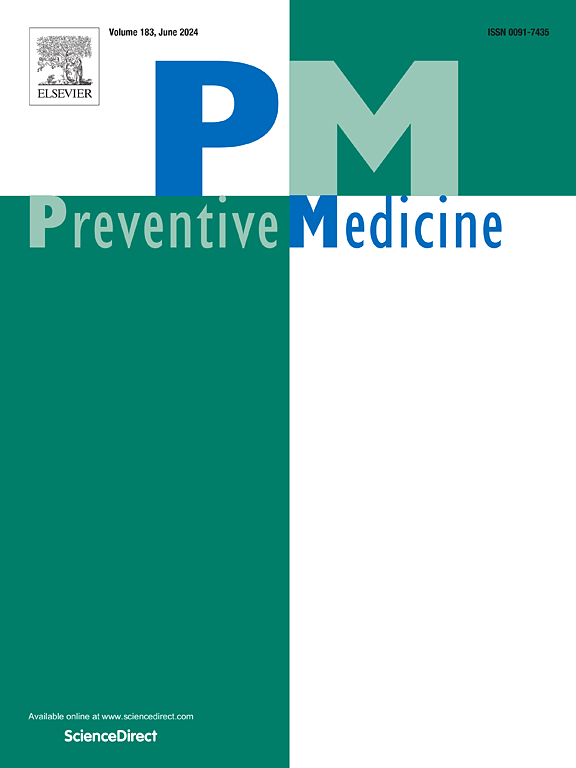Clinically meaningful phenotypes among SARS-CoV-2 reinfections: Informing prevention strategies for future pandemics
IF 4.3
2区 医学
Q1 MEDICINE, GENERAL & INTERNAL
引用次数: 0
Abstract
Objective
Rapidly phenotyping patients can inform public health action plans in new pandemics. This study aimed to derive meaningful SARS-CoV-2 reinfected patients' phenotypes based on easily-available patient data and explore key epidemiological factors of reinfections.
Methods
We conducted a retrospective study of a cohort of SARS-CoV-2 reinfected adults from the Basque Country between January 1, 2021 and January 9, 2022. Phenotypes were defined in an unsupervised manner with clustering algorithms, incorporating variables like age, Charlson score, vaccination status and pre-existing treatments and comorbidities. Subsequently, clinical characteristics of phenotypes were compared, and their behavioral differences were evaluated through generalized additive models. Finally, their association with clinical outcomes was assessed.
Results
Four phenotypes were identified, which subsequently had a direct relationship with the risk levels for severe COVID-19 outcomes. The highest-risk group, phenotype 4, consisted of older adults −76 years, [62–85] (Median, [Interquartile range])- with multiple comorbidities and extensive baseline medication use. Phenotype 3 was slightly younger −64 years, [58–77]- but presented very low Charlson scores and few comorbidities, representing an intermediate-risk group. Phenotypes 1 and 2 were younger and healthier adults with similar clinical profiles. However, phenotype 1 showed a less protective attitude, with a higher rate of unvaccinated patients and shorter time intervals between infections.
Conclusions
We were able to classify reinfected patients into four distinct groups based on easily available variables, and these phenotypes had a direct relationship with COVID-19 clinical outcomes. Thus, rapidly phenotyping infected individuals can serve as a preventive public health strategy during new pandemics.
SARS-CoV-2再感染的临床意义表型:为未来大流行的预防策略提供信息
目的:快速分型患者可以为新流行的公共卫生行动计划提供信息。本研究旨在基于可获得的患者资料,获得有意义的SARS-CoV-2再感染患者的表型,并探索再感染的关键流行病学因素。方法:我们对巴斯克地区2021年1月1日至2022年1月9日期间SARS-CoV-2再感染成人队列进行了回顾性研究。表型是用聚类算法以无监督的方式定义的,包括年龄、查理森评分、疫苗接种状况、既往治疗和合并症等变量。随后,比较表型的临床特征,并通过广义加性模型评估其行为差异。最后,评估它们与临床结果的关系。结果:确定了四种表型,这些表型随后与严重COVID-19结局的风险水平有直接关系。最高风险组,表型4,包括老年人-76 岁,[62-85](中位数,[四分位数范围])-有多种合并症和广泛的基线药物使用。表型3稍年轻,为64 岁[58-77],但Charlson评分非常低,合并症很少,属于中危组。表型1和2是具有相似临床特征的更年轻、更健康的成年人。然而,表现型1表现出较少的保护态度,未接种疫苗的患者比例较高,感染间隔时间较短。结论:我们能够根据容易获得的变量将再感染患者分为四组,这些表型与COVID-19临床结果有直接关系。因此,在新的大流行期间,快速分型受感染个体可作为一种预防性公共卫生策略。
本文章由计算机程序翻译,如有差异,请以英文原文为准。
求助全文
约1分钟内获得全文
求助全文
来源期刊

Preventive medicine
医学-公共卫生、环境卫生与职业卫生
CiteScore
7.70
自引率
3.90%
发文量
0
审稿时长
42 days
期刊介绍:
Founded in 1972 by Ernst Wynder, Preventive Medicine is an international scholarly journal that provides prompt publication of original articles on the science and practice of disease prevention, health promotion, and public health policymaking. Preventive Medicine aims to reward innovation. It will favor insightful observational studies, thoughtful explorations of health data, unsuspected new angles for existing hypotheses, robust randomized controlled trials, and impartial systematic reviews. Preventive Medicine''s ultimate goal is to publish research that will have an impact on the work of practitioners of disease prevention and health promotion, as well as of related disciplines.
 求助内容:
求助内容: 应助结果提醒方式:
应助结果提醒方式:


